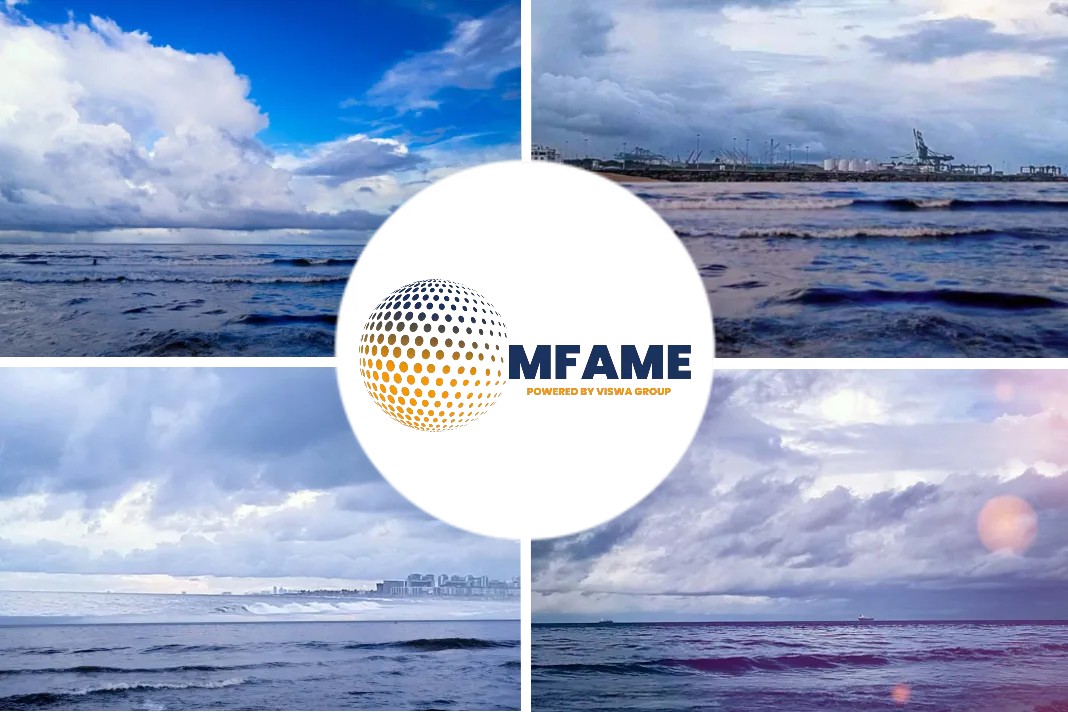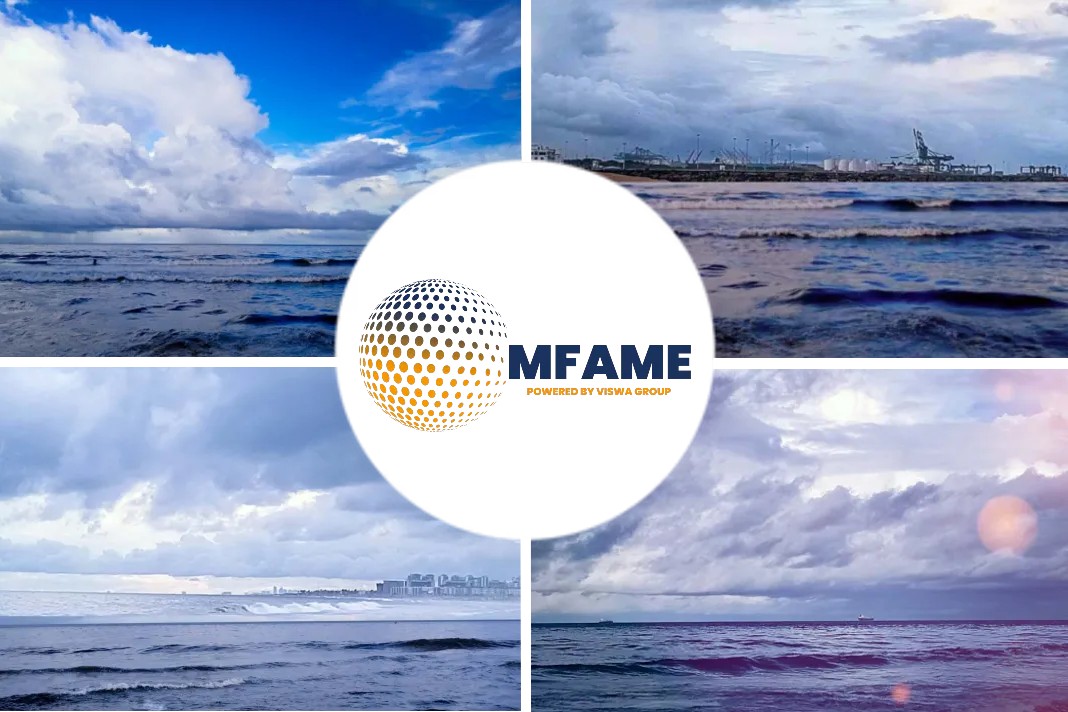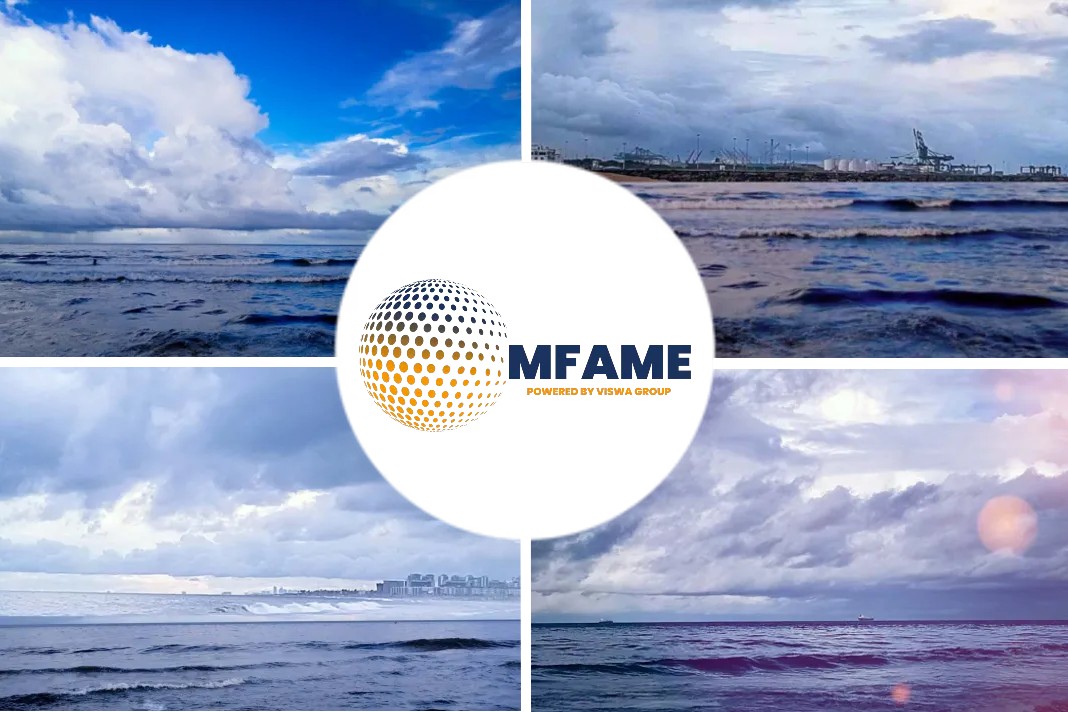Creditors of distressed Singapore shipping firm Pacific International Lines (PIL) were to have voted on Feb. 1 on a restructuring deal that involved a capital injection from a unit of Temasek, says an article published in The Straits Times.
PIL’s Investors
It was an important day for investors who opposed the plan, such as Singapore businessman Kuah Ann Thia, an unsecured note holder – the most vulnerable in the bond world. He and other individual investors hold parts of PIL’s $60 million security that was due last November, but which the shipping company has not repaid.
Reconstructing Plan
Mr Kuah had initially felt relief last year when he heard that the Temasek unit was providing a US$600 million (S$799 million) package comprising debt and equity to PIL. But he said he became worried when he saw the company’s restructuring plan. Under the so-called scheme of arrangement, it could be at least five years before unsecured note holders see actual cash payments, according to presentation materials.
Financial Lenders
In contrast, some secured lenders like banks could get payments for their claims, subject to the firm having sufficient excess cash.
PIL said in May last year that it received an in-principle approval from a majority of its financial lenders, constituting 97.6 per cent of the company’s total debt, for “a formalised standstill on enforcement actions” until a debt reprofiling pact is agreed on.
Mr Kuah said: “For us to be left out until the very end should not be the way that things are done.”
Stakeholders Pathway
PIL told Bloomberg News it has been transparent and open to hearing from note holders. It has held two informal meetings for the bond holders, and 16 small-group dialogues. It has also attended to more than 100 e-mails and calls and hired a lawyer to give note holders advice.
“We believe the comprehensive financing and restructuring plan presented in the scheme of arrangement represents the best path forward for all stakeholders,” the company said in an e-mail.
“PIL has received the support of a significant majority of creditors for the scheme, and is confident that the required approval thresholds can be met.”
Key Reasons given to Creditors
Established in 1967, PIL is Singapore’s biggest container line. Despite the container shipping industry’s recovery last year, the company had to file for court protection from its creditors.
PIL cited absence of financing or increased cost of borrowing for the shipping industry since Hanjin Shipping’s bankruptcy in February 2017; lower profit margins due to increased competition in certain routes; oversupply of capacity in container lines; and its “over-levered capital structure” as among the key reasons that led to a debt reprofiling, according to a Dec 15 explanatory note it sent to all creditors seen by Bloomberg News.
Protest against Reconstruction Plan
Unhappy with the restructuring plan, Mr Kuah protested to the Singapore courts. And earlier last month, a court ruled that the company classify all its fully unsecured creditors as a separate group in yesterday’s vote, potentially giving them power to block the deal.
Under Singapore law, at least half of the investors holding more than 75 per cent of value in each creditor class present for the vote must approve the deal for it to be successful, unless the court decides otherwise.
Over-ruling Votes
PIL has said that cancellation would lead to them getting just two cents for every dollar in claims through a liquidation process. And the court could overrule the vote.
Apart from the bond holders, the voting class of unsecured creditors also includes six facility lenders with claims totalling nearly US$124 million, according to a Dec 15 note that the company sent to all creditors.
Did you subscribe to our daily newsletter?
It’s Free! Click here to Subscribe!
Source : The Straits Times





















